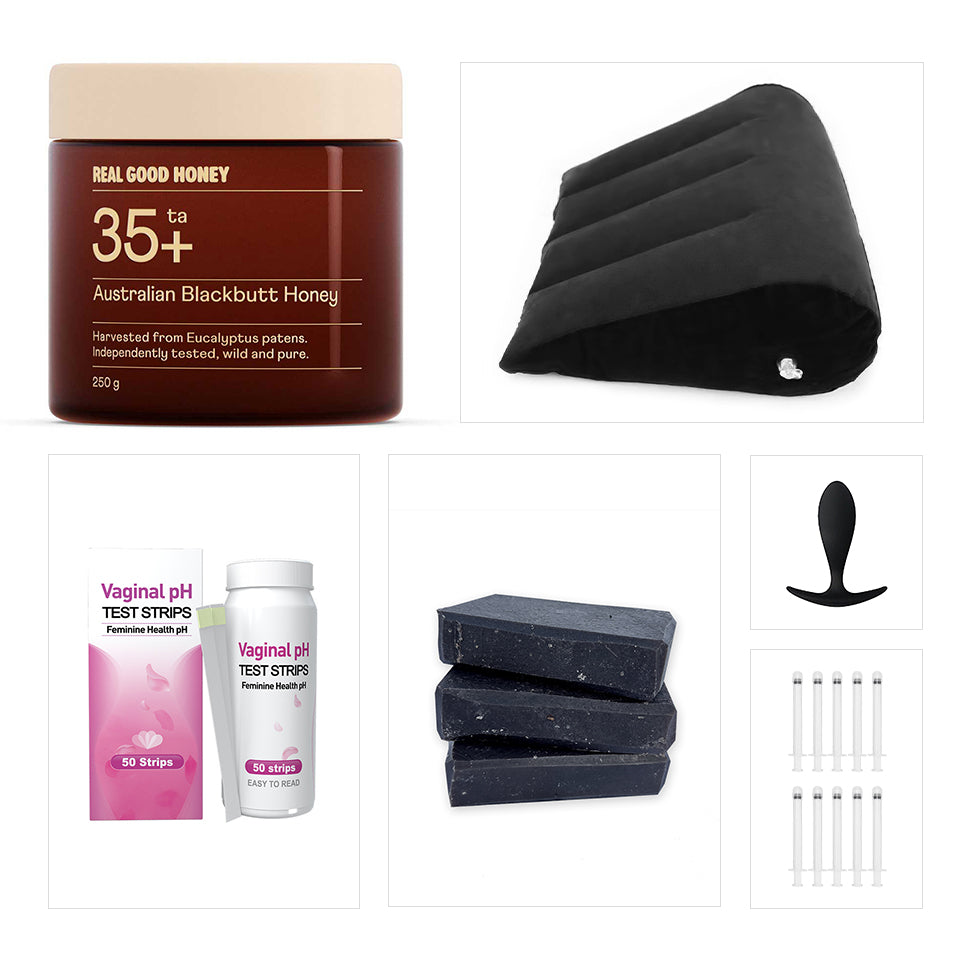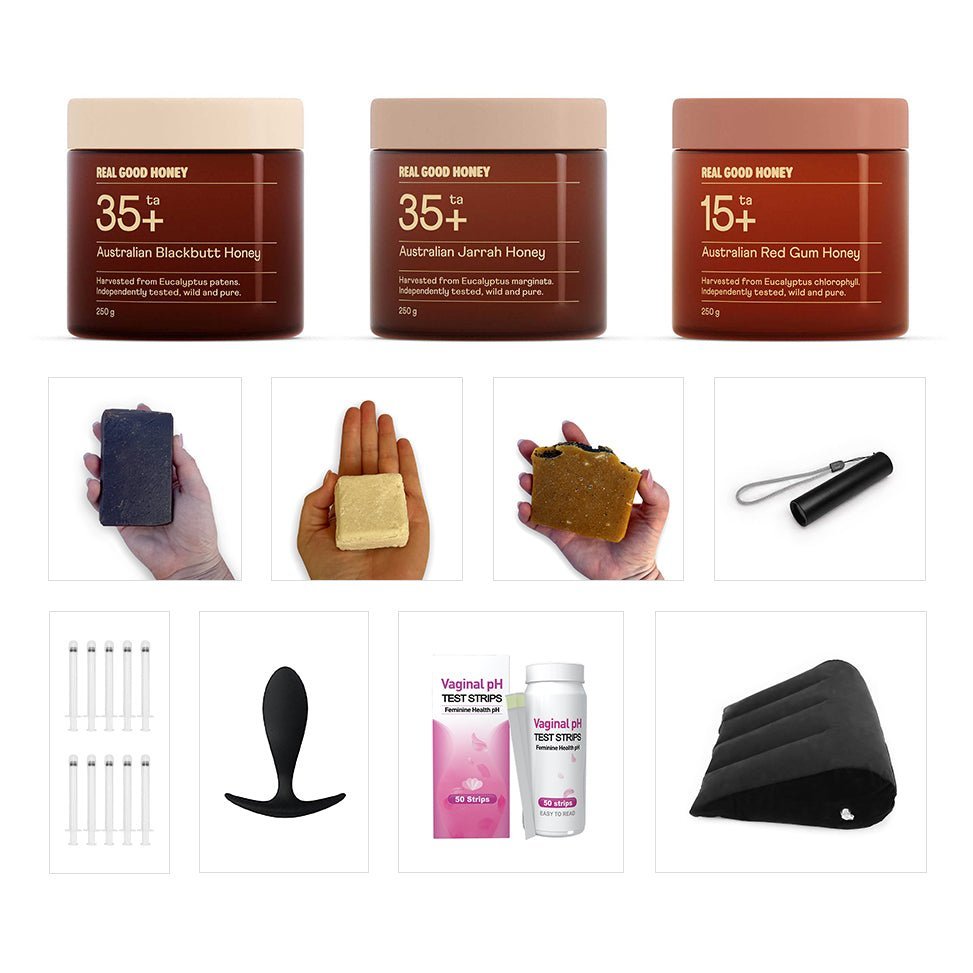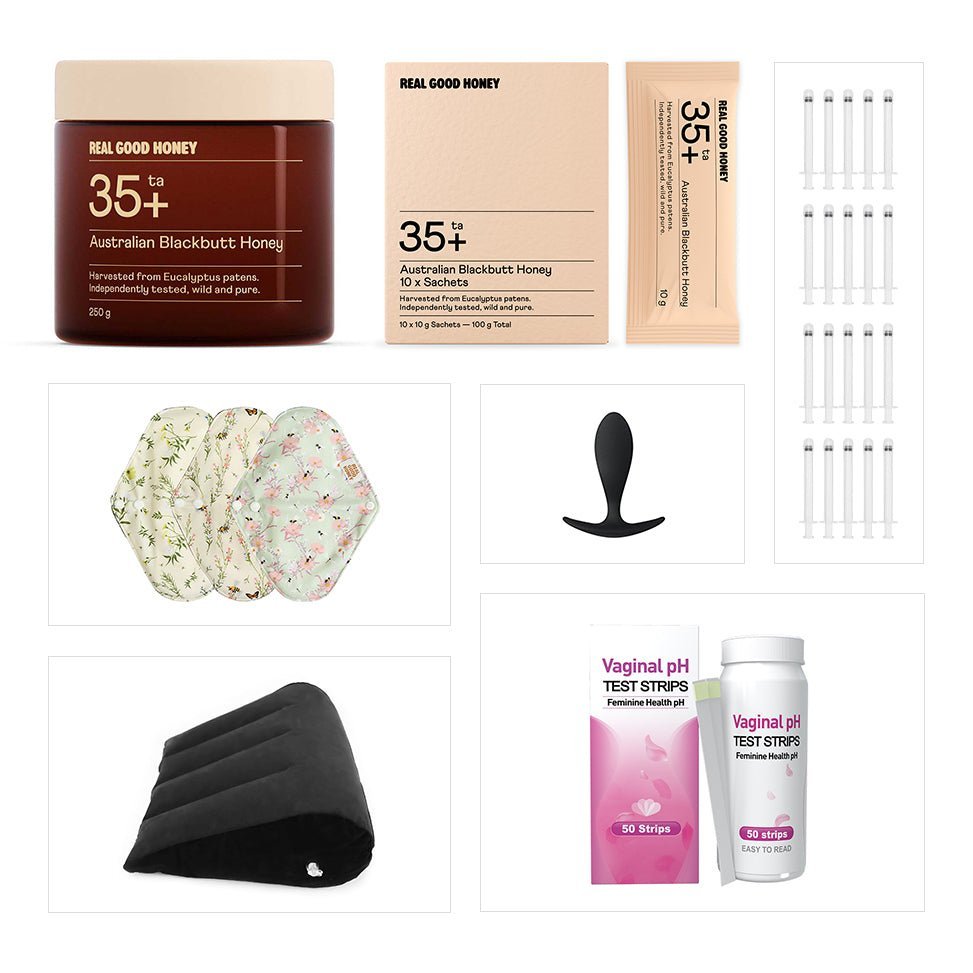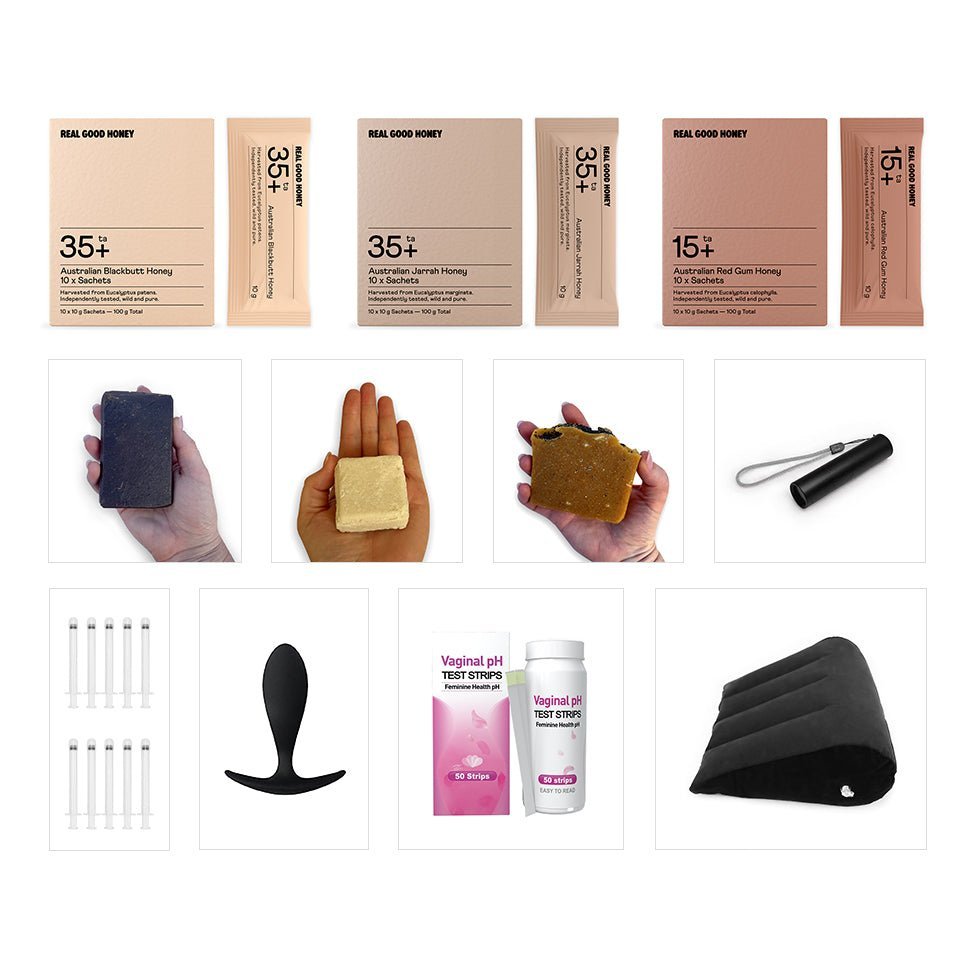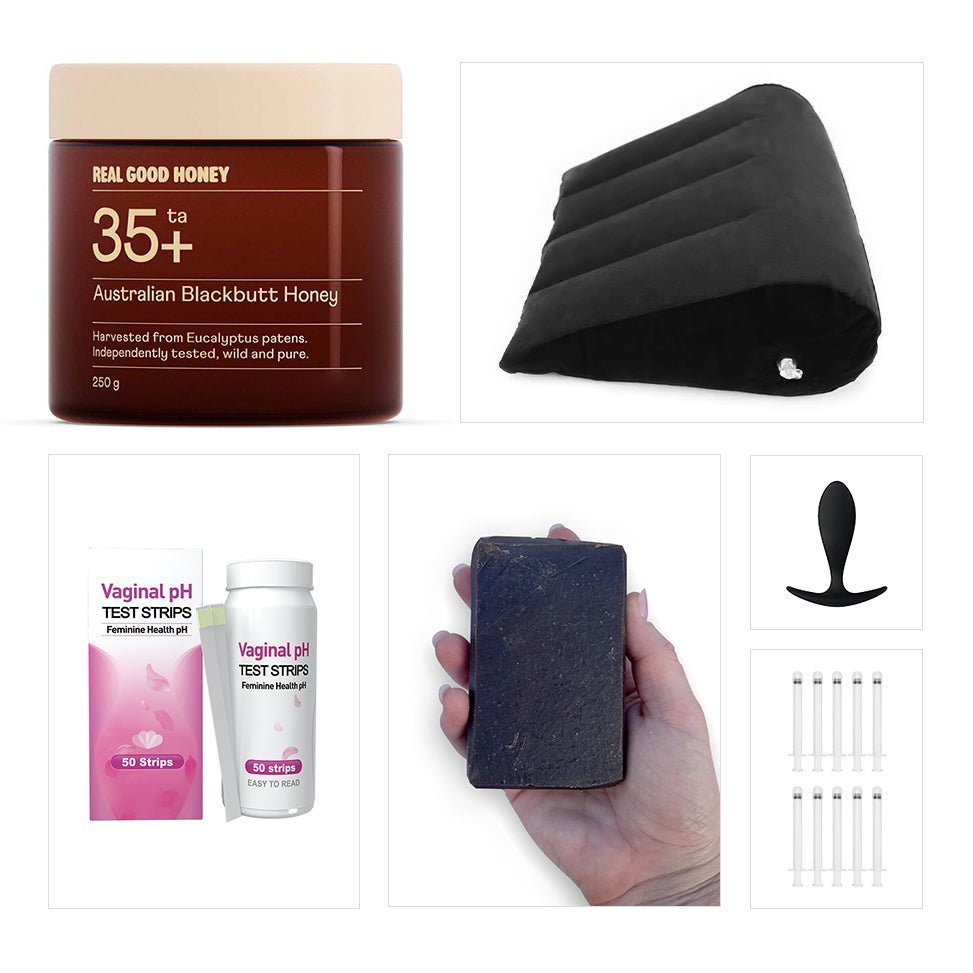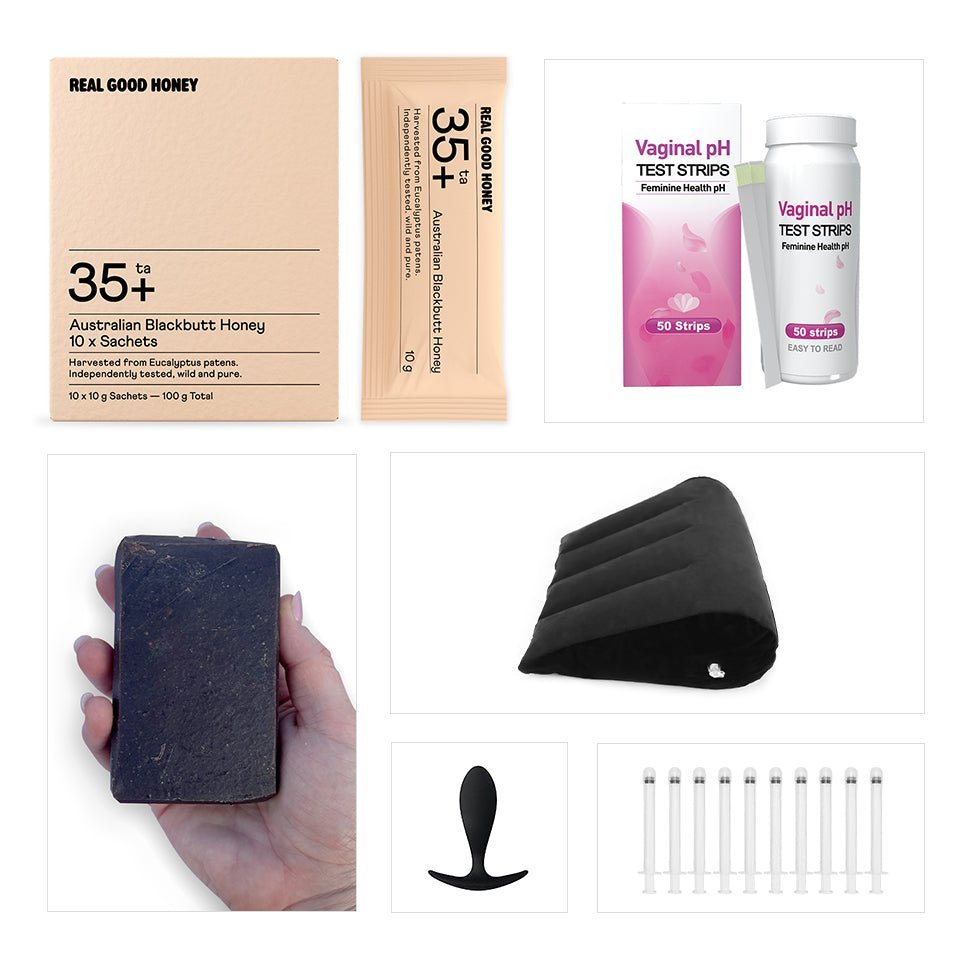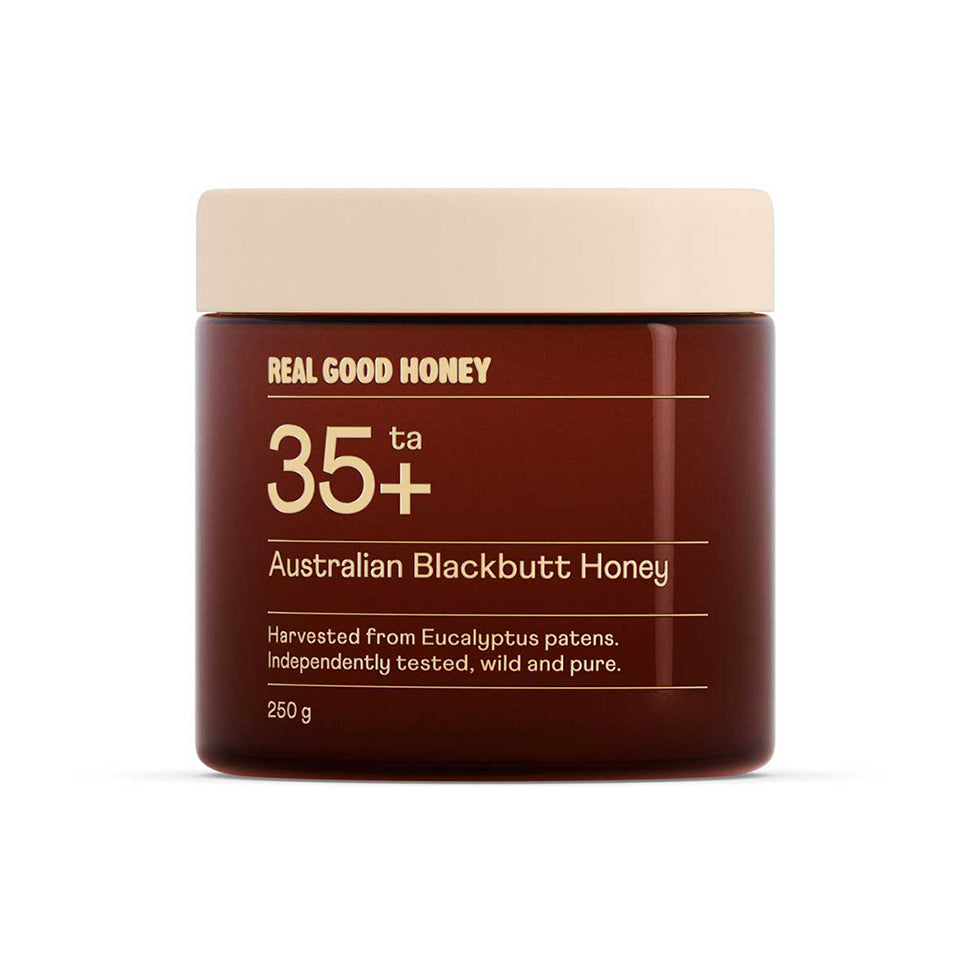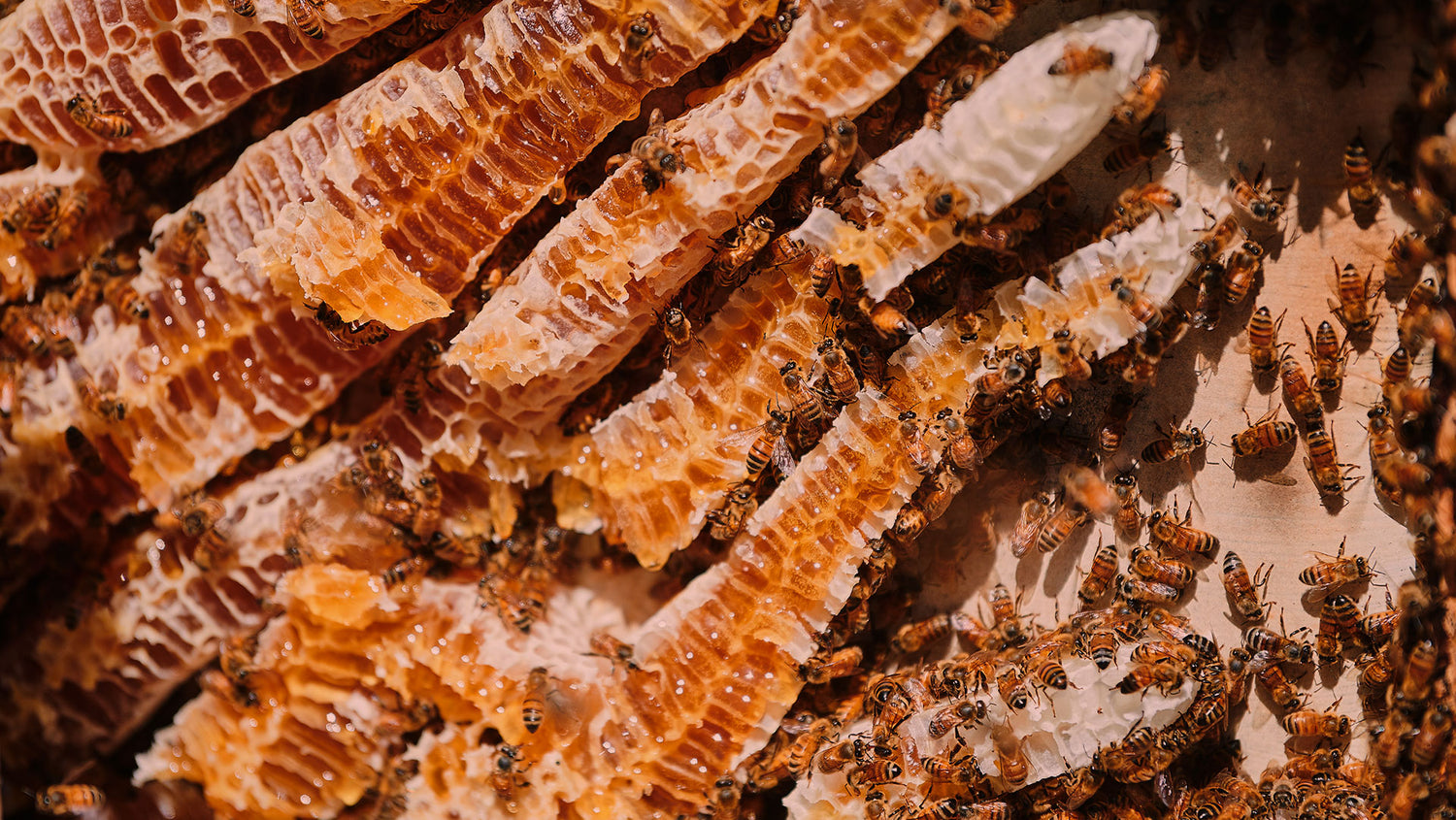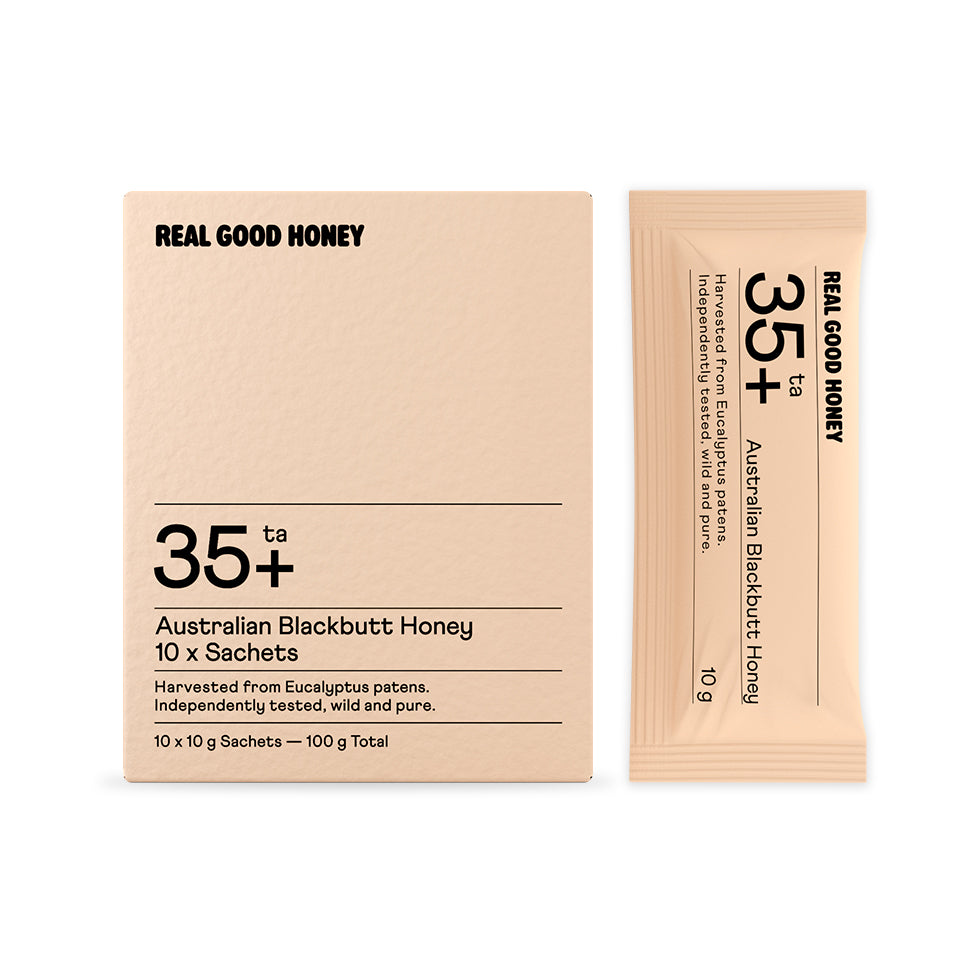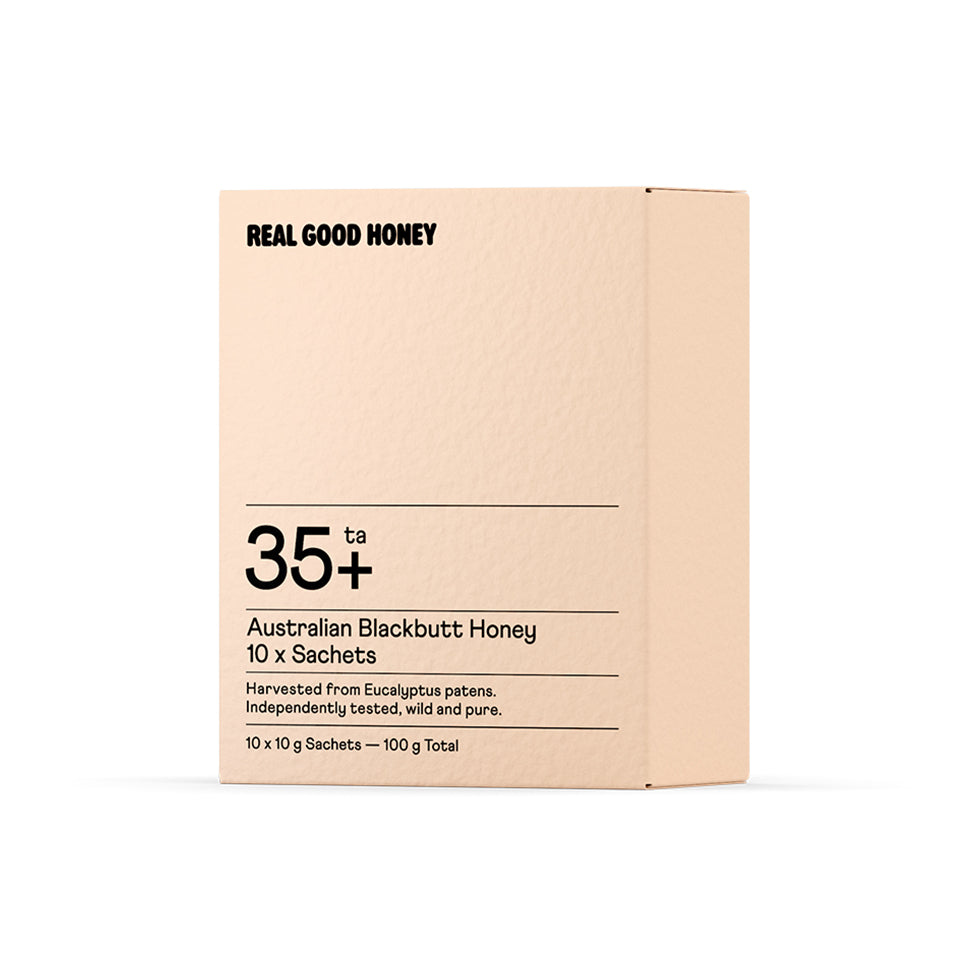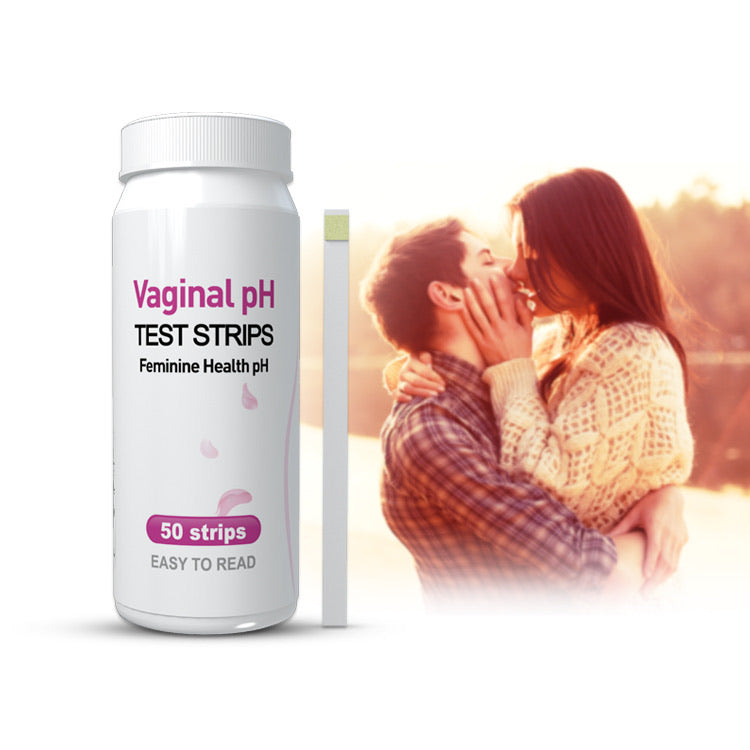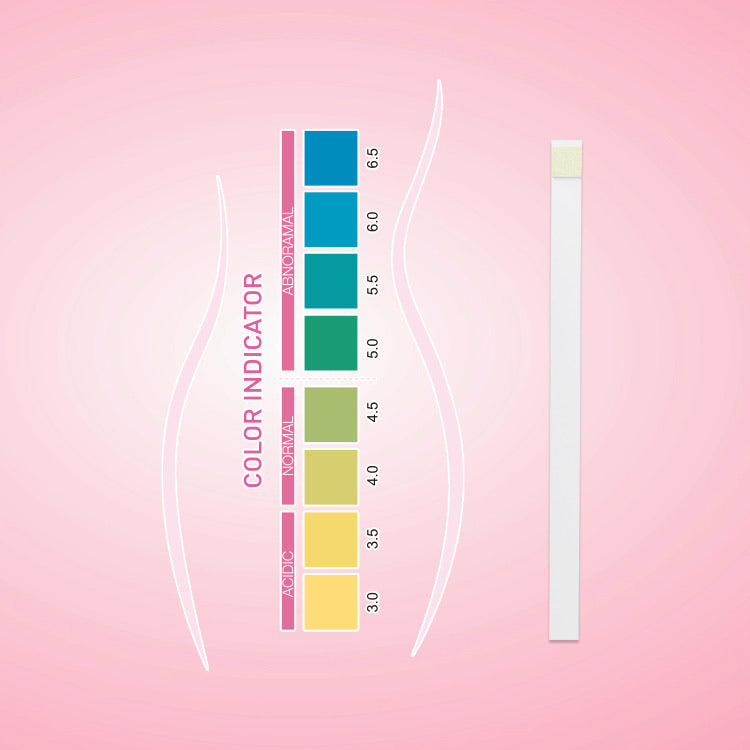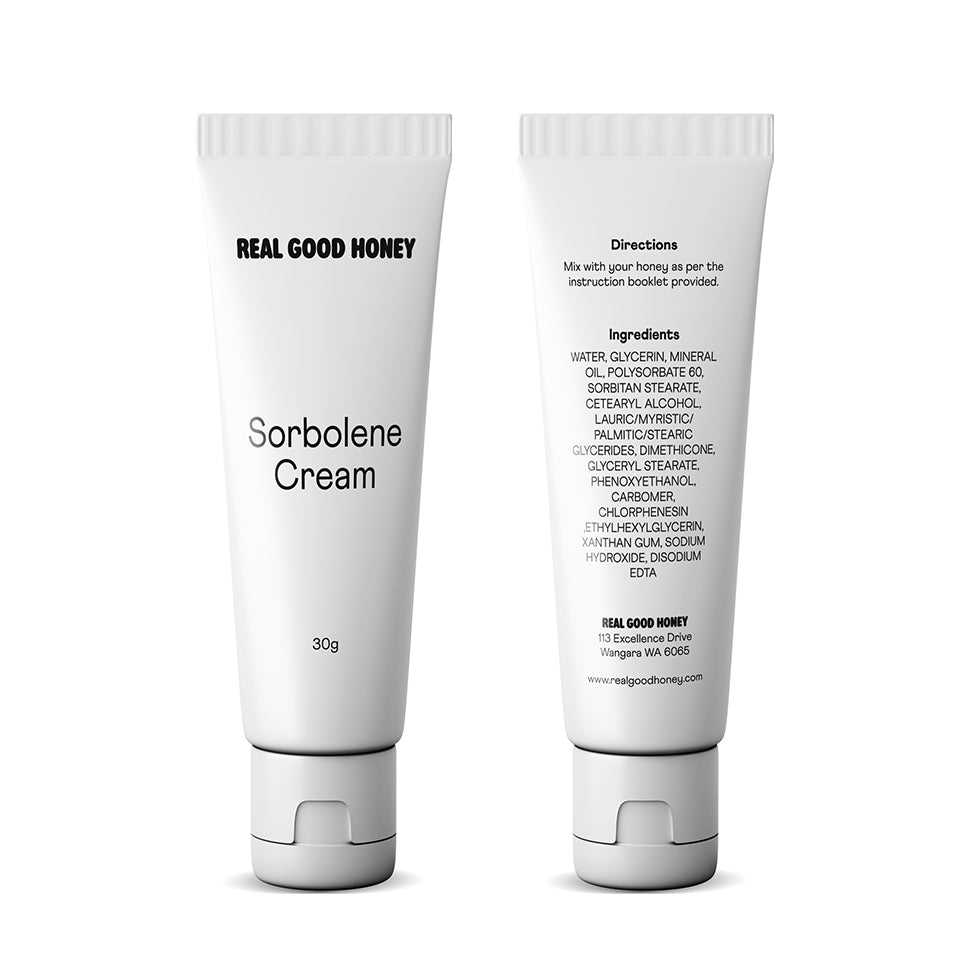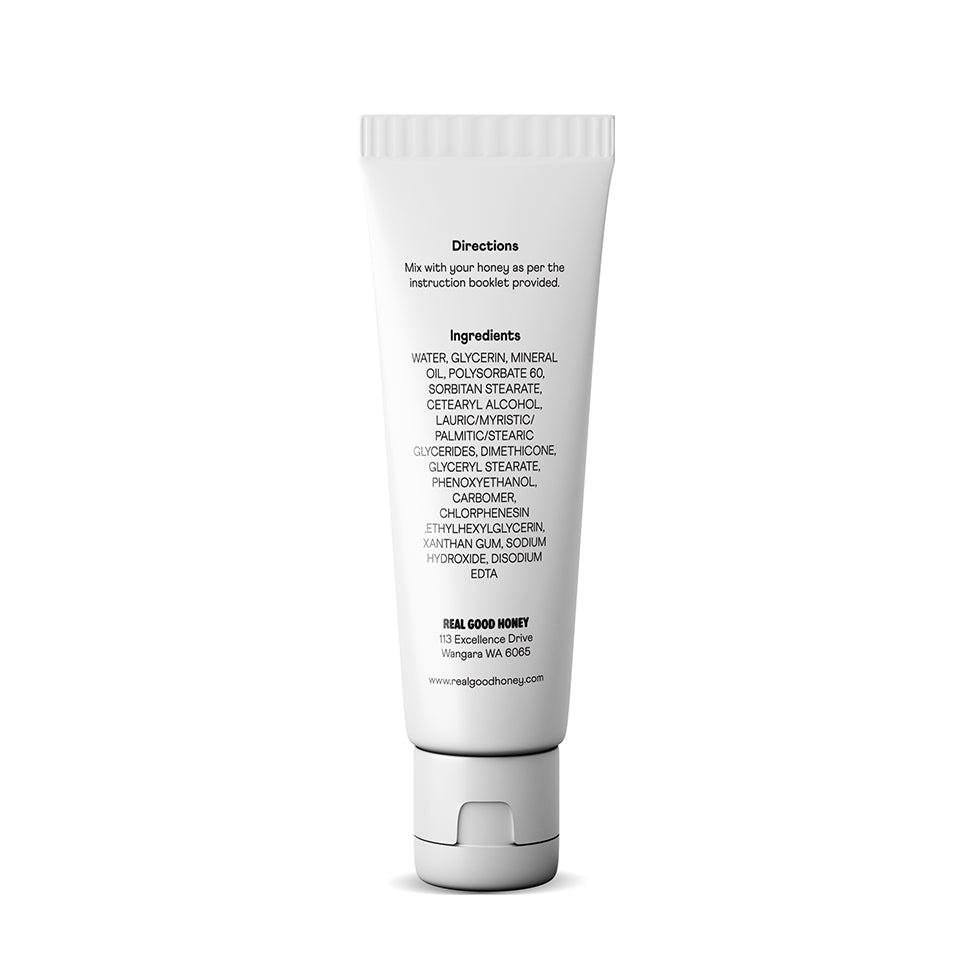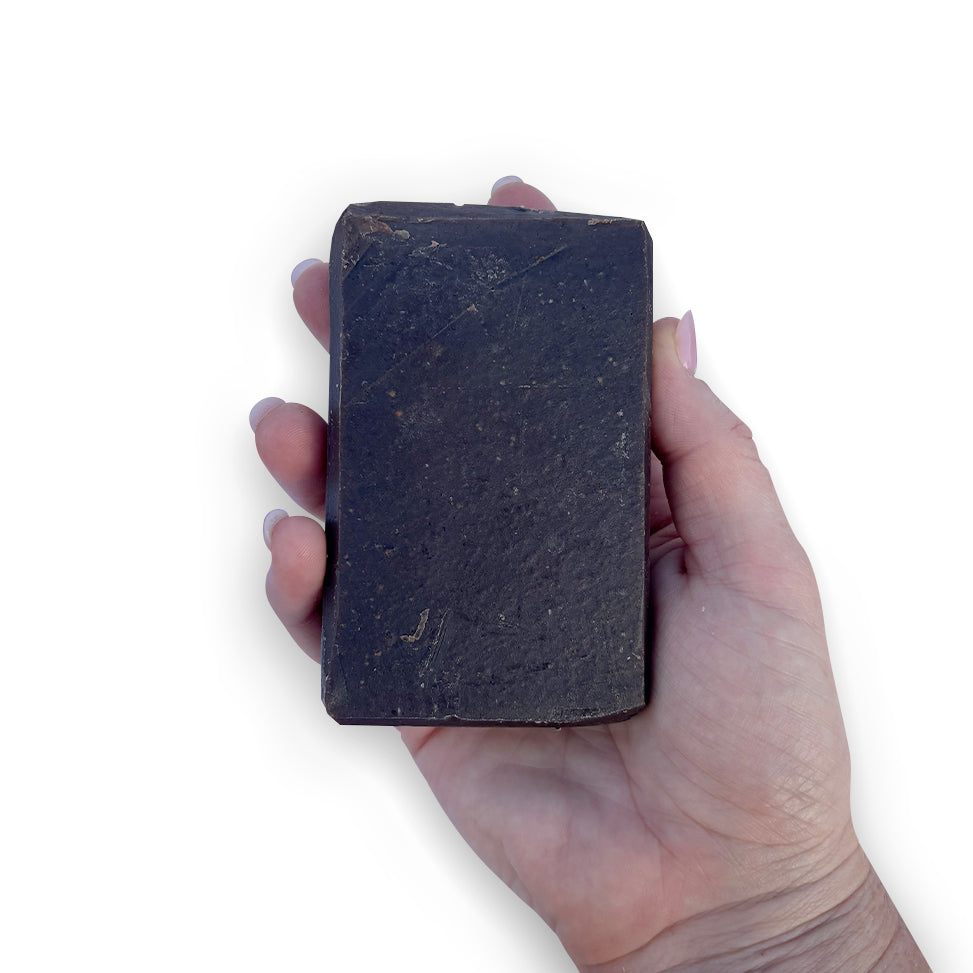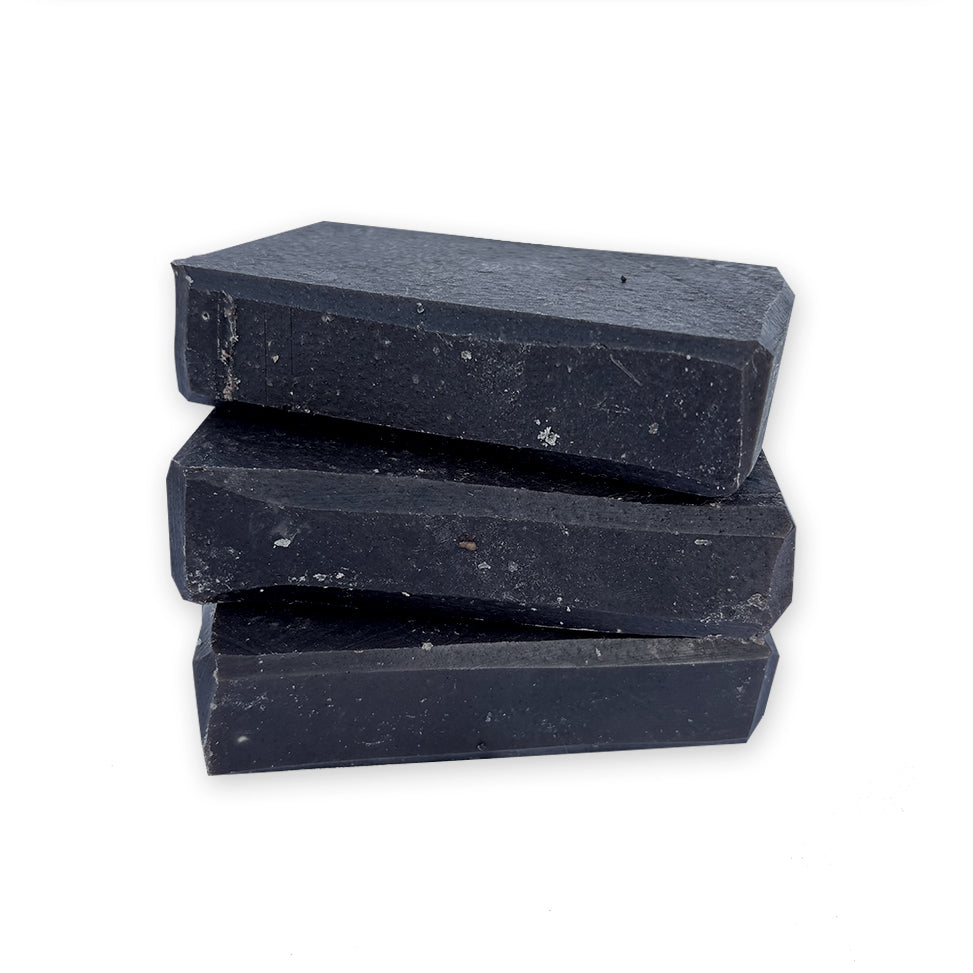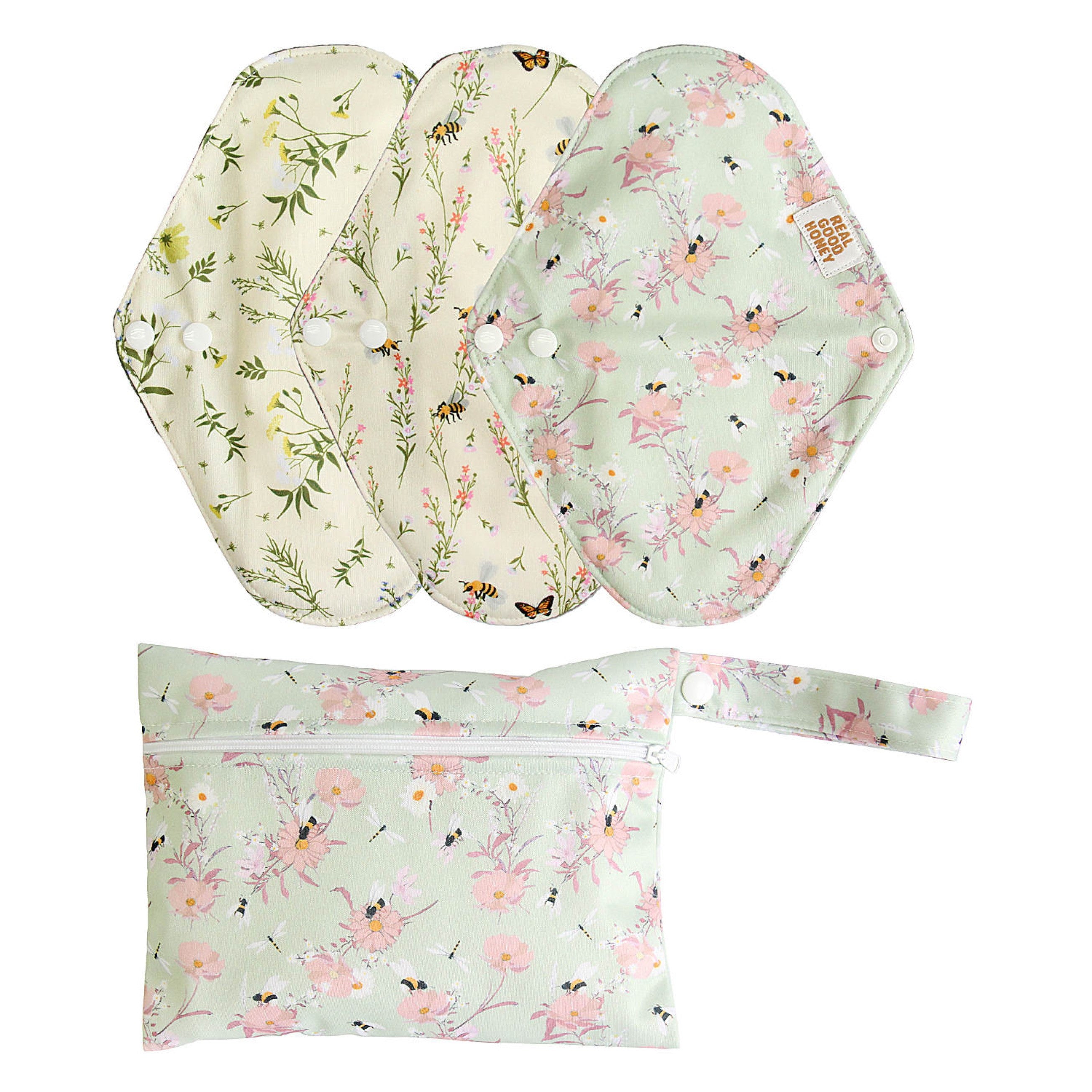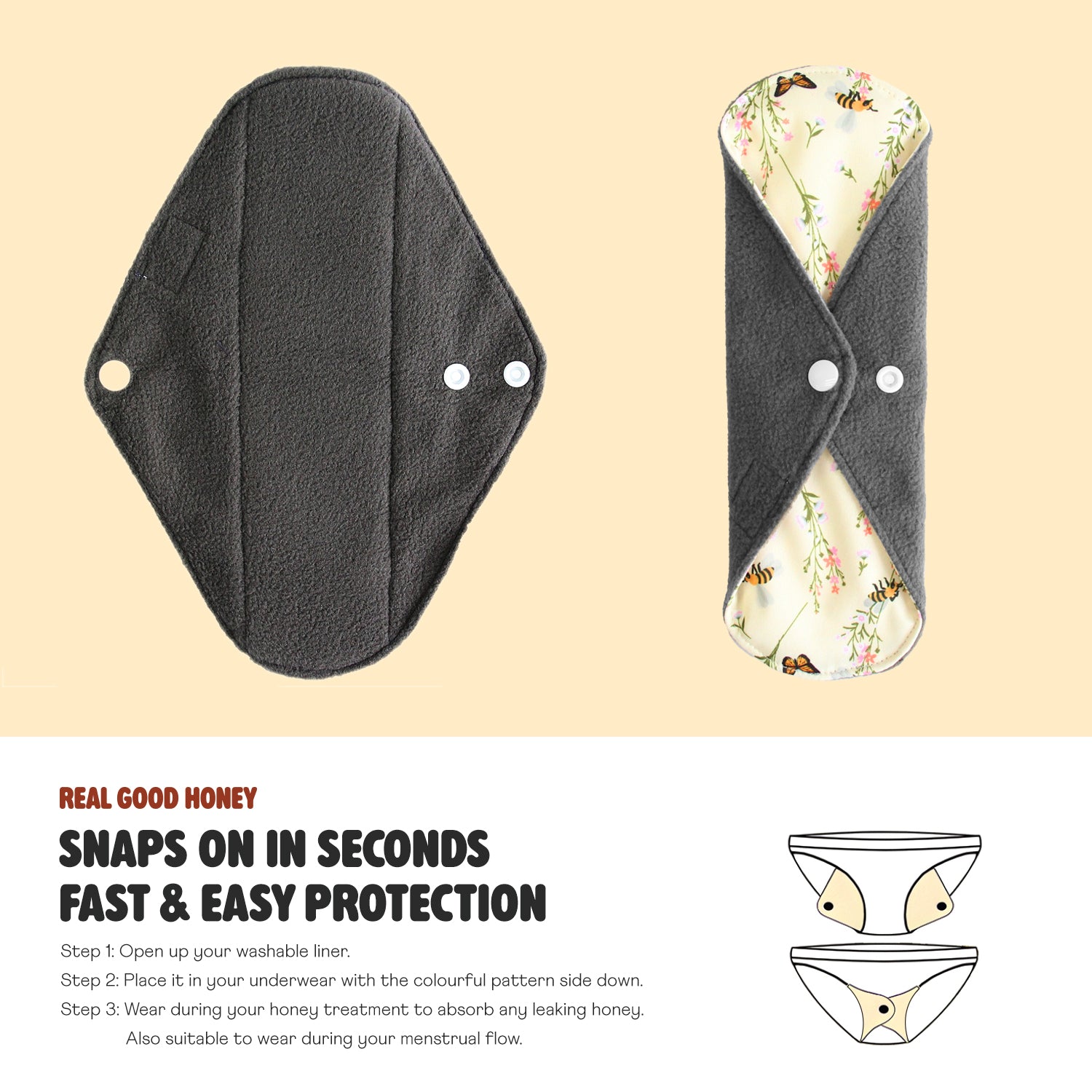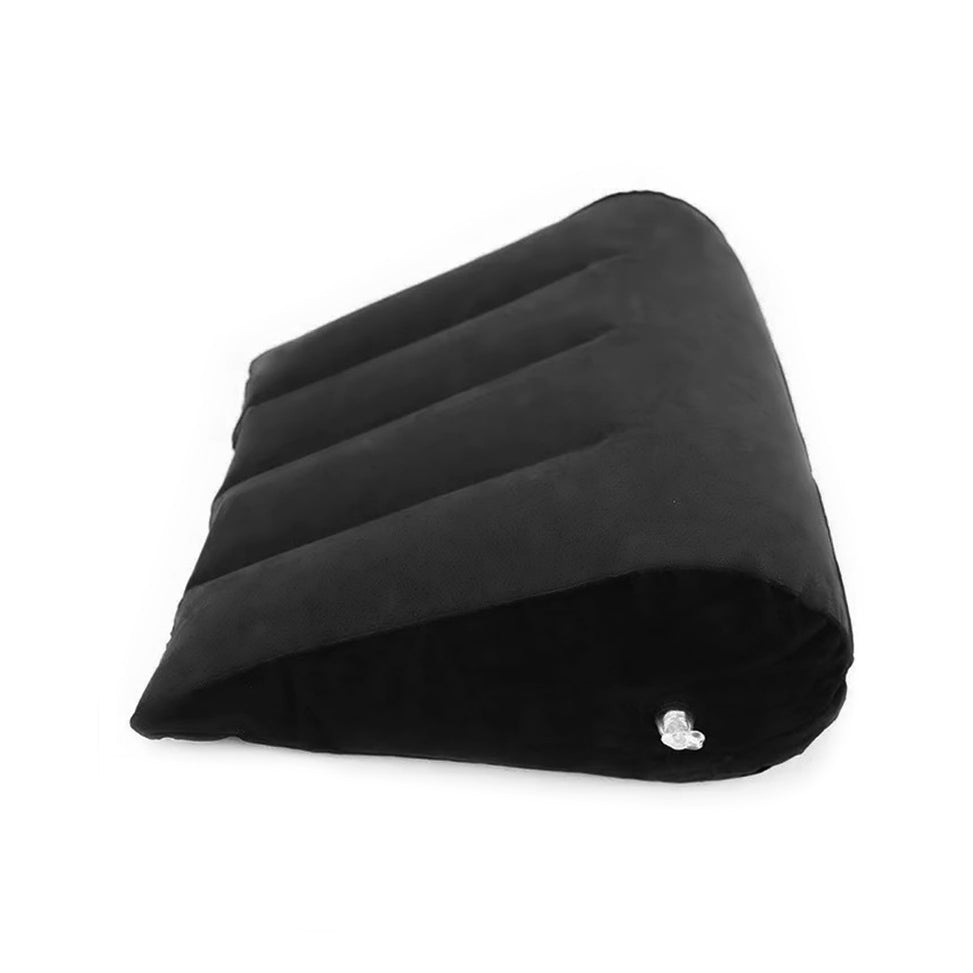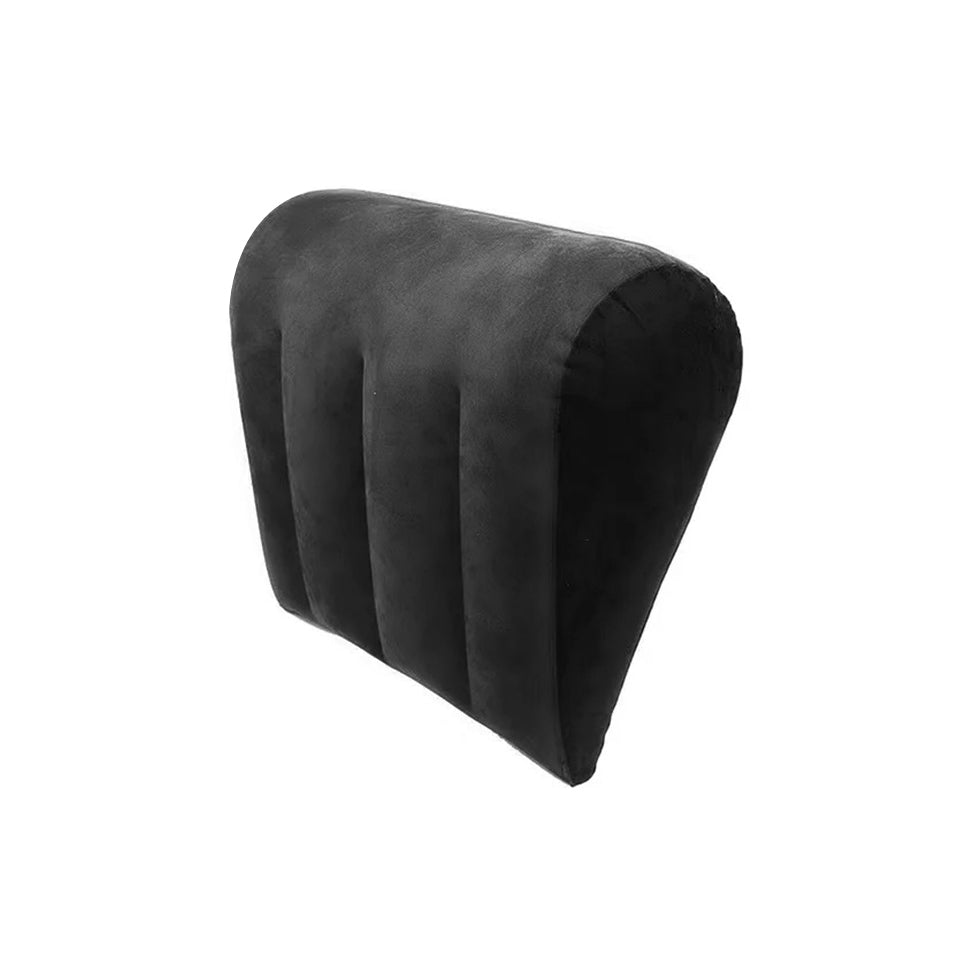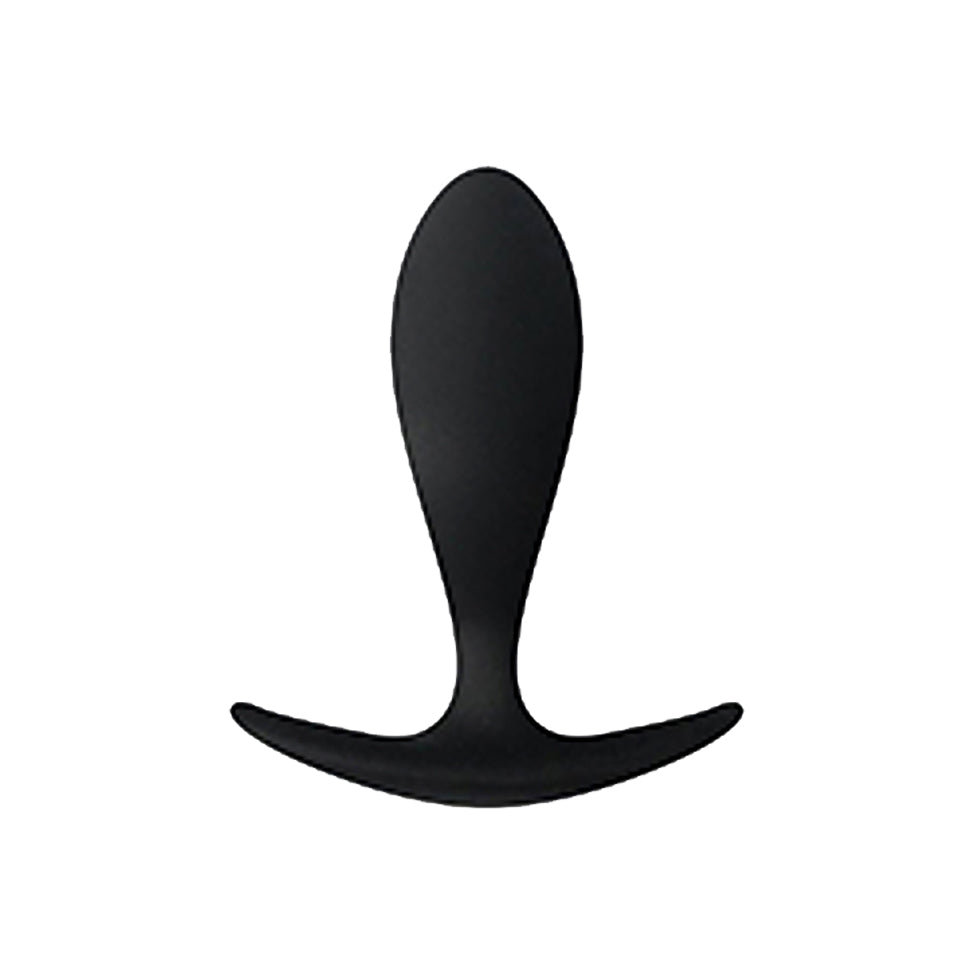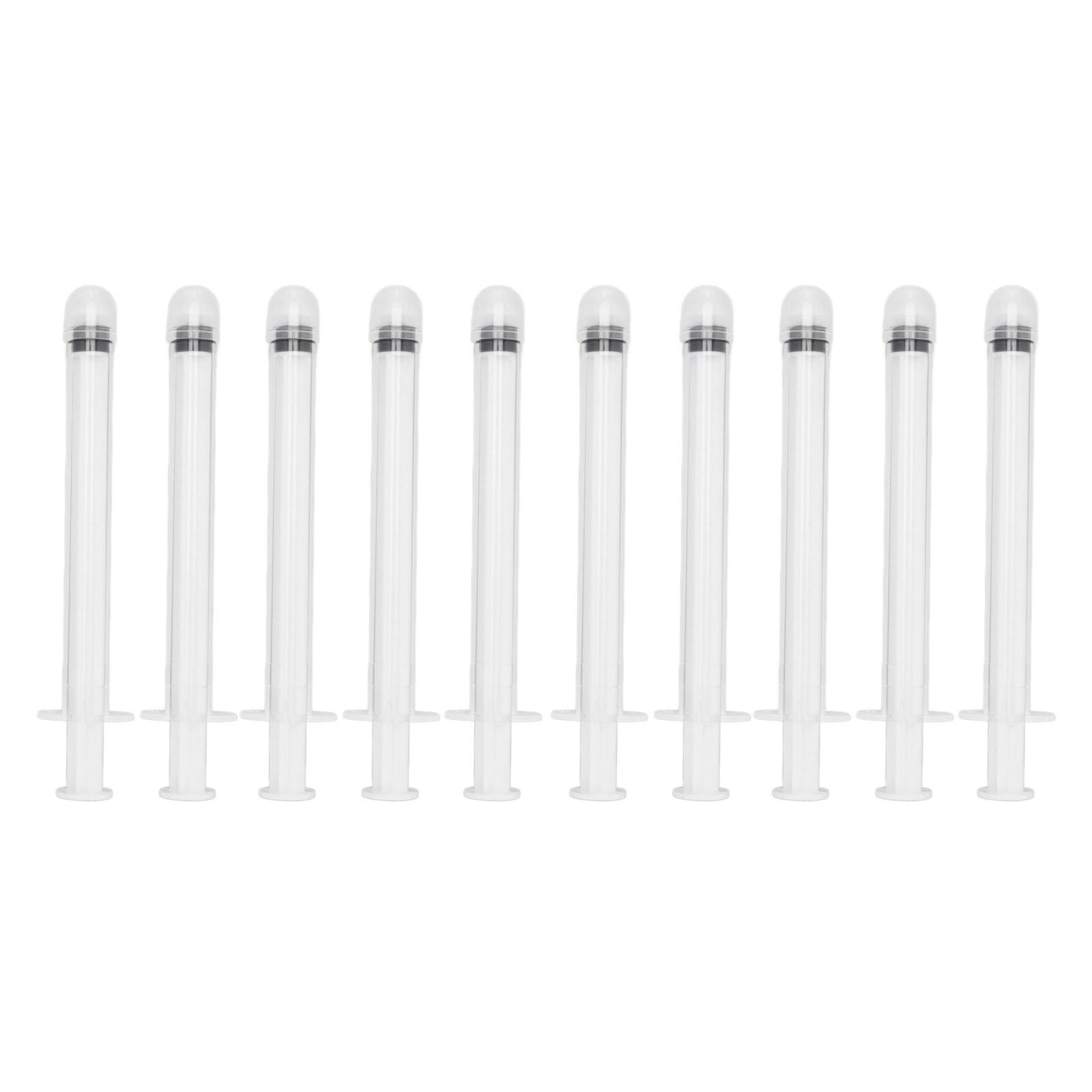Protecting lactobacillus
Lactobacillus, The Super Hero in the Vagina and Gut
Lactobacillus is a group of beneficial bacteria essential for maintaining health in both the gut and vagina
Lactobacillus plays a critical role in maintaining a mildly acidic pH (3.8–4.5) by producing lactic acid and hydrogen peroxide. This acidity prevents harmful bacteria and yeast (Candida albicans) from overgrowing, protecting the vaginal microbiome.
Lactobacillus supports digestion, nutrient absorption, and immune health. It produces lactic acid, which maintains a slightly acidic environment to suppress harmful bacteria.

Supercharge your vaginal health with Real Good Honey Blackbutt TA35+.
Lactobacillus Strains That Transfer to the Vagina
Certain strains of Lactobacillus in the gut can migrate to the vagina, though not all gut strains can successfully colonise the vaginal environment.
Overlapping Strains Between the Gut and Vagina Some Lactobacillus strains are found in both the gut and vagina because they are adaptable and capable of surviving in both environments. These include:
Lactobacillus rhamnosus
Lactobacillus reuteri
Lactobacillus gasseri
These strains are introduced to the vaginal environment through translocation:
Gut bacteria may move to the perineal area and subsequently migrate into the vagina.
This process explains how gut health can directly influence vaginal health, particularly when the gut microbiome is disrupted (e.g., by antibiotics).
Lactobacillus Unique to the Vagina
Certain strains are highly specialised for the vaginal environment and are not typically found in the gut. These include:
Lactobacillus crispatus
Lactobacillus jensenii
Lactobacillus iners
These strains are specifically adapted to thrive on glycogen, a carbohydrate produced by vaginal epithelial cells, and play a dominant role in maintaining vaginal health by producing both lactic acid and hydrogen peroxide.
Maintain optimal vaginal health naturally with Real Good Honey—it mimics Lactobacillus’ protective benefits.
Not All Gut Lactobacillus Strains Colonise the Vagina
Not all Lactobacillus strains can survive in the vagina due to differences in the two environments:
The vagina has a mildly acidic pH (3.8–4.5), while the gut is more neutral. Only certain strains, such as Lactobacillus rhamnosus and Lactobacillus reuteri, can adapt to both.
The gut offers a wide range of nutrients from food, whereas the vagina relies on glycogen as its primary nutrient source.
The vaginal immune system selectively allows beneficial microbes to colonise while targeting others. Vaginal-specific strains like Lactobacillus crispatus are better adapted to thrive in this immune-controlled environment.

Translocation of Microbes Influence Vaginal Health
Gut-derived Lactobacillus can play a supportive role in vaginal health, particularly during disruptions to the vaginal microbiome. For instance:
Supplementing Vaginal Populations: Gut strains like Lactobacillus rhamnosus and Lactobacillus reuteri can help reseed the vaginal microbiome after disturbances such as antibiotic use or infections.
Restoring Balance: These strains can temporarily help restore balance in cases of bacterial vaginosis or yeast overgrowth, though vaginal-specific strains typically dominate long-term.
Support your body’s natural balance with Real Good Honey a gentle-effective way to restore harmony.

Seeding the Human Body With Lactobacillus Microbes
A baby’s first exposure to Lactobacillus depends on the birthing process:
Vaginal Birth: The baby is seeded with Lactobacillus from the mother’s vaginal microbiome, establishing foundational gut and immune health.
Cesarean Section: Babies miss this initial exposure. Instead, they acquire microbes from:
Caregivers and surfaces may transfer some Lactobacillus, though these microbes are less beneficial than those acquired during vaginal birth.
Direct contact with the mother or caregivers provides beneficial bacteria.
Breast milk contains sugars called human milk oligosaccharides (HMOs), which feed beneficial bacteria, including Lactobacillus. Breastfeeding also provides direct exposure to the mother’s microbiota.
Some formulas are fortified with probiotics, including Lactobacillus, to mimic natural microbiome seeding.
Protect and restore your body’s natural balance with Real Good Honey Blackbutt TA35+.

Things That Can Damage Lactobacillus
Lactobacillus populations can be disrupted by:
These kill both harmful and beneficial bacteria.
Excess sugar in the gut feeds harmful bacteria and yeast, such as Candida albicans. These microbes grow quickly in response to sugar, outcompeting Lactobacillus for space and resources. This disrupts the microbiome balance, reducing Lactobacillus populations.
These strip away protective bacteria in the vagina.
Low Oestrogen: During menopause or hormonal shifts, low oestrogen reduces glycogen, starving Lactobacillus.
High Oestrogen: Excess oestrogen (e.g., during pregnancy or hormonal contraception) increases glycogen production. While Lactobacillus initially benefits, the glycogen can exceed what it can consume. This leaves excess glycogen for Candida albicans to feed on, promoting yeast overgrowth. Lactobacillus produces a limited amount of lactic acid and hydrogen peroxide, which can become insufficient against the rapid growth of Candida in this nutrient-rich environment.
Weakens the immune system, indirectly impacting microbiome balance.
Don’t let disruptions win. Real Good Honey helps protect your natural defences.
Real Good Honey For Maintaining pH
Real Good Honey, with its high hydrogen peroxide-producing enzymes, provides a natural way to support Lactobacillus populations:
Just like Lactobacillus jensenii, Real Good Honey produces hydrogen peroxide which is toxic to pathogenic bacteria and fungi, plus the pH of the honey closely mimics that of lactic acid produced by Lactobacillus crispatus, further supporting pH balance.
By reducing competition from opportunistic microbes, honey creates space for Lactobacillus to maintain dominance and optimal pH balance.
Real Good Honey can protect against factors that disrupt Lactobacillus populations and thus the pH.
Experience the natural benefits of Real Good Honey Blackbutt TA35+ for lasting vaginal health.
How To Apply Real Good Honey
Using the applicator provided, plunge 8ml of Blackbutt TA35+ into the vagina, insert a honey plug and elevate the hips. Expel the honey after 45 minutes – completing this step in the shower is recommended. Repeat daily for 2-3 days, or until symptoms have resolved. If symptoms persist or worsen, consult your GP.
Take the first step toward better health.
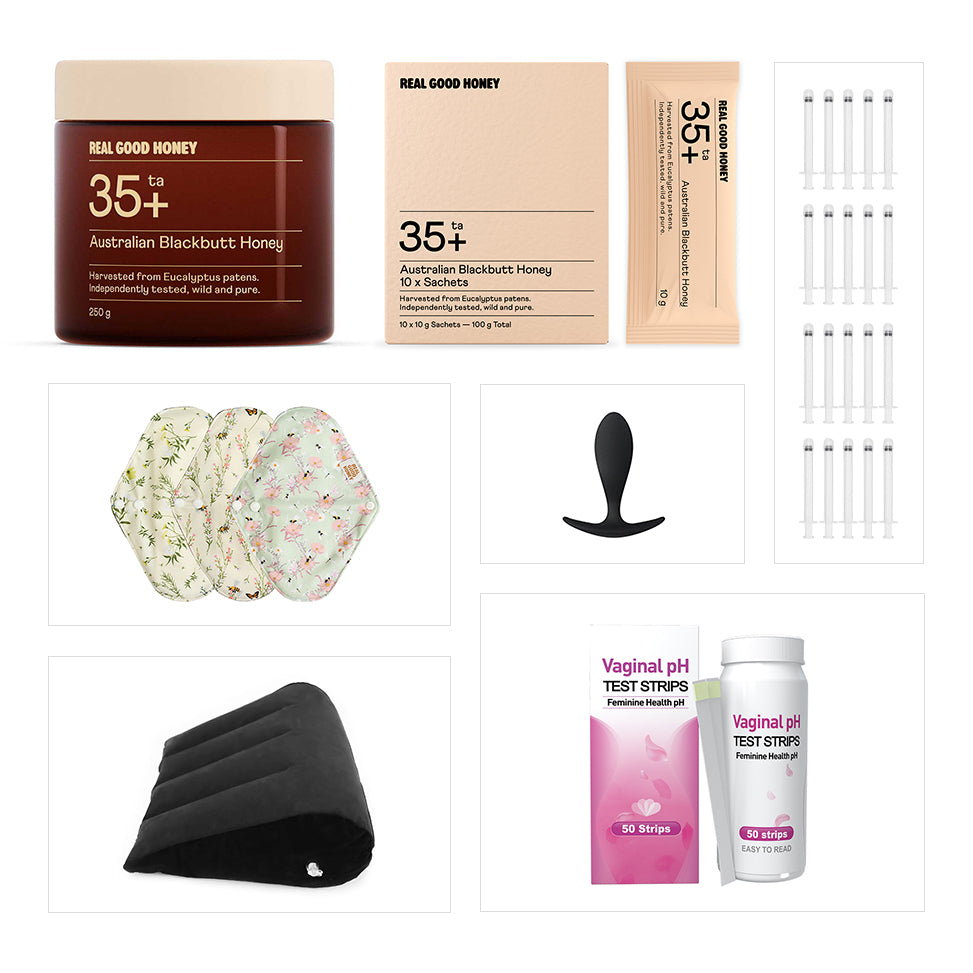
How To Apply Real Good Honey
Using the applicator provided, plunge 8ml of Blackbutt TA35+ into the vagina, insert a honey plug and elevate the hips. Expel the honey after 45 minutes – completing this step in the shower is recommended. Repeat daily for 2-3 days, or until symptoms have resolved. If symptoms persist or worsen, consult your GP.
Discover How Real Good Honey Can Help You Break Free From Foul Fishy Odour.
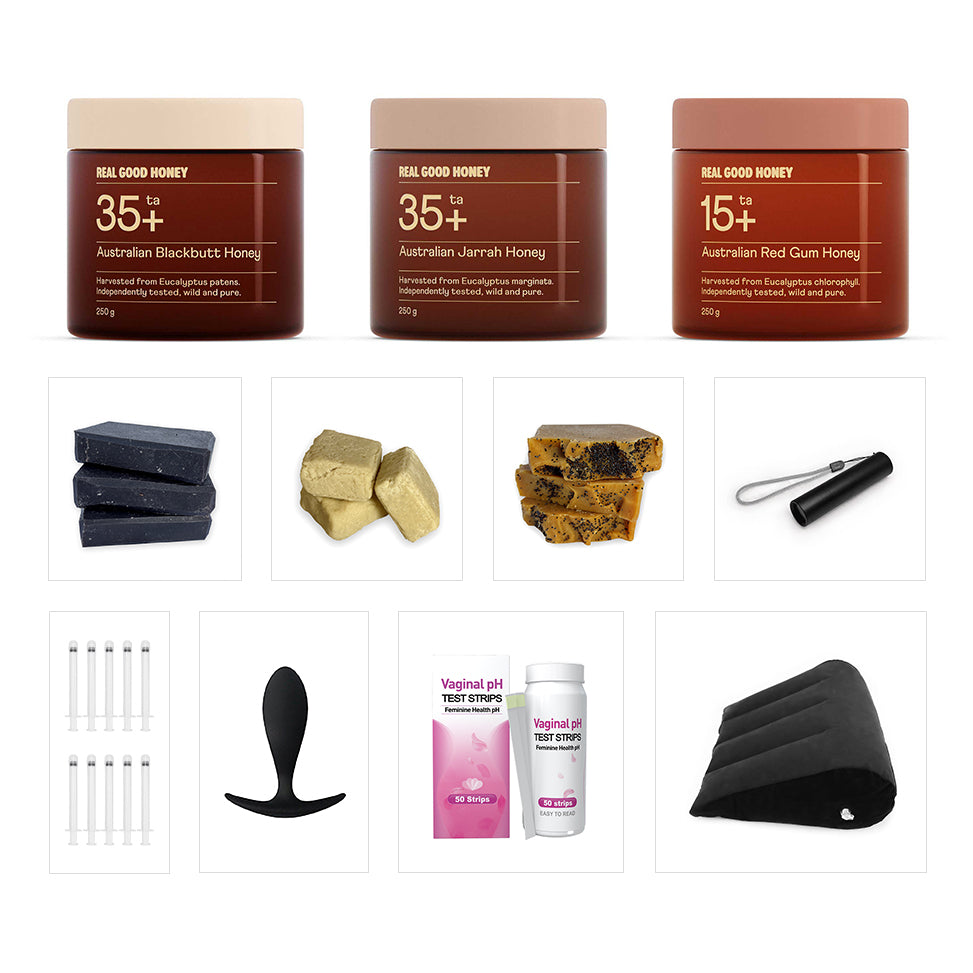
How To Apply Real Good Honey
Using the applicator provided, plunge 8ml of Blackbutt TA35+ into the vagina, insert a honey plug and elevate the hips. Expel the honey after 45 minutes – completing this step in the shower is recommended. Repeat daily for 2-3 days, or until symptoms have resolved. If symptoms persist or worsen, consult your GP.
Start your journey to comfort and balance
